The Wire Recorder, some kids, and a Russian diplomat
In late 1944 Roy Hofheinz learned General Electric was about to come on the market with a wire recorder and he placed a call to the President of GE and persuaded him to send one of the machines to KTHT for experimental purposes. Then he promptly sent it all over town, covering news and other community events, providing Houston radio listeners with their first ‘actualities’ of news events; up until that time reporters had relied heavily on telephones to phone in stories and the actual events would not be heard unless the station was broadcasting live. One of the recorder’s regular stops became Playland Park on South Main, an amusement park familiar to generations of kids who grew up n Houston. Every Saturday and Sunday afternoon, the recorder would be on hand as park-goers participated in a quiz show staged by the station. Then the recording was taken back to the station and aired at 5:30 in its entirety, so the participants would have a chance to hear themselves on the air. (Editing wire recordings was virtually impossible; if the wire snapped or got tangled up and had to be cut, as was a common occurrence, the two ends were simply tied together like a shoelace, the ‘splice’ occurring wherever it might).
In the spring of 1945 organizational meetings of the United Nations were scheduled in San Francisco and Hofheinz packed his bags and his wife and two sons and the wire recorder and set out for San Francisco on the 20th Century Limited, taking up residence at the Sir Francis Drake hotel. He lugged the 25 pound wire recorder and a microphone everywhere he went, becoming a part of the story along with the diplomats with his cowboy hat and Texas drawl. Network correspondents and wire service reporters poked fun at the brash Texan, but diplomats took note; many, especially the Russian diplomats, believed the American press had been distorting their views and positions and Hofheinz convinced them by speaking into his wire recorder, the American people would hear what they had to say exactly the way they said it. He leased a telephone line to Houston for an hour every day and sent back 15 minute reports daily, using the rest of the time to take care of station business.
As reported by biographer Edgar Ray, Broadcasting Magazine took note of the upstart broadcaster from Houston; in its issue of May 28, 1945, the trade magazine noted:
"News beats are being scored at the Conference against wire correspondents of the networks at San Francisco by a protocol busting Texan, President of a new, small independent station, himself still in the cub stage. Through the medium of a wire recorder, Roy Hofheinz has been supplying his station, KTHT, Houston, with one of the most comprehensive jobs of coverage of the UN Conference on International Organization of any independent."
The State Department tried to block Hofheinz’ access to sessions, apparently at the  urging of the national media, but Hofheinz got permission to attend directly from the delegates. When the State Department complained about the technology Hofheinz pointed out he was only doing what print reporters did but instead of writing the words down, he was recording them. He carefully shut the machine down whenever the discussions were ‘background only.’ Syndicated columnist and national commentator Drew Pearson also took note and reported in his Washington-Merry-Go-Round column that by the end of the conference GE had received several hundred orders for its new wire recorder, many coming from foreign governments.
urging of the national media, but Hofheinz got permission to attend directly from the delegates. When the State Department complained about the technology Hofheinz pointed out he was only doing what print reporters did but instead of writing the words down, he was recording them. He carefully shut the machine down whenever the discussions were ‘background only.’ Syndicated columnist and national commentator Drew Pearson also took note and reported in his Washington-Merry-Go-Round column that by the end of the conference GE had received several hundred orders for its new wire recorder, many coming from foreign governments.
The Houston media covered the Conference as front page news. Hofheinz had forged a close alliance with the Scripps-Howard Press and did almost all of his advertising in the Press which regularly referred to Hofheinz as Houston’s Special Correspondent to the international confab. In it’s story on his groundbreaking use of the gadget on May 1 the Press made the claim that KTHT had been the first station in the nation to have one of the recorders.



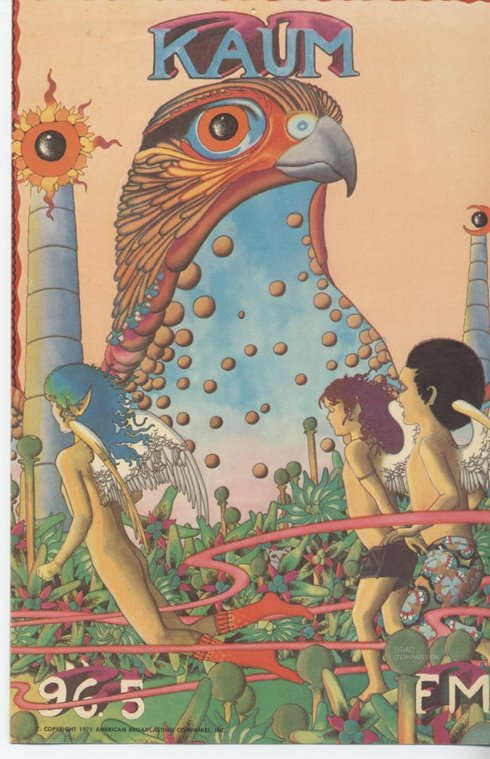
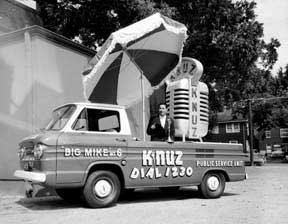


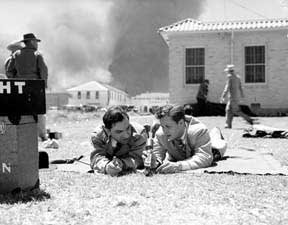
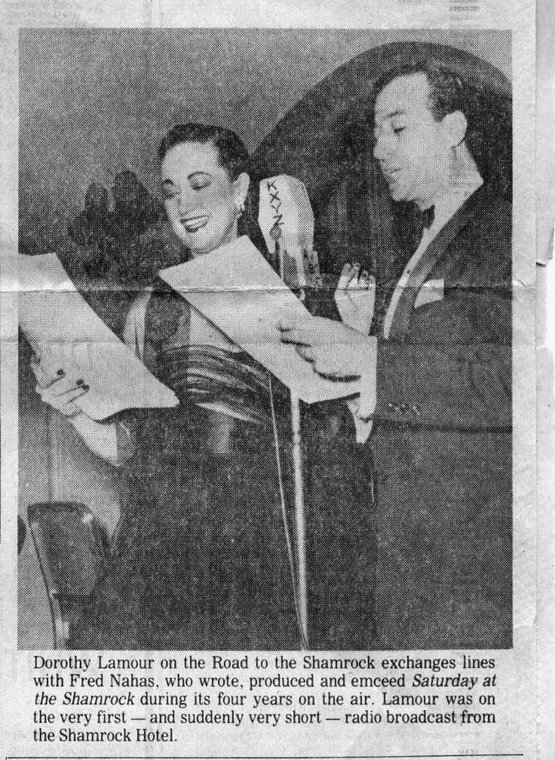
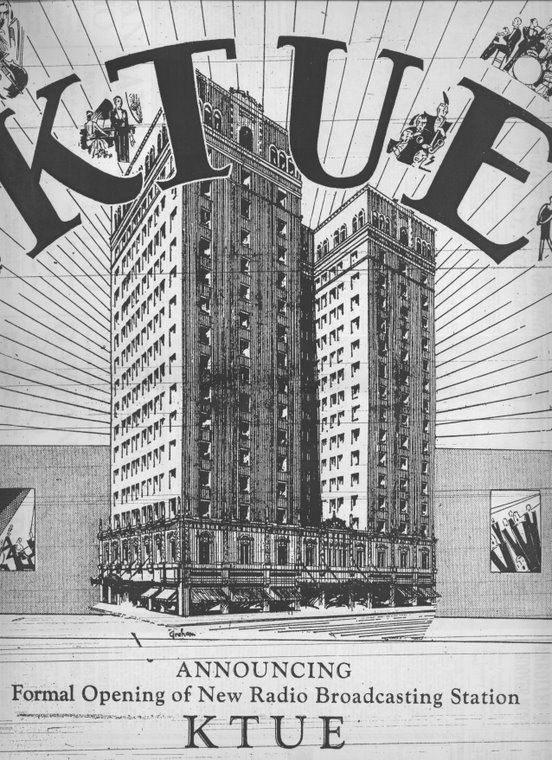
No comments:
Post a Comment